We may earn money or products from the companies mentioned in this post. This means if you click on the link and purchase the item, I will receive a small commission at no extra cost to you ... you're just helping re-supply our family's travel fund.
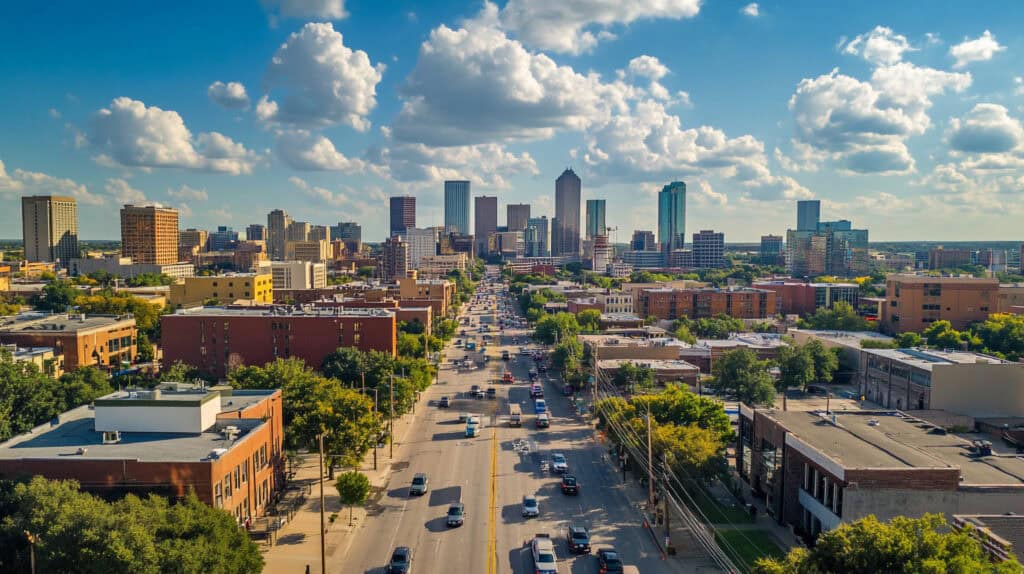
Every major city has pockets where danger feels close to the surface, and residents learn unwritten rules about which streets to avoid and when to stay inside. These neighborhoods are usually carrying decades of neglect, redlining, drugs, and shuttered jobs, layered over the lives of families who still call them home. Talking about them honestly is not about blame. It is about listening to locals who see the violence, the fear, and the small acts of resilience that never make the news.
Skid Row, Los Angeles, California

Skid Row sits in downtown Los Angeles like a compressed emergency, where thousands of unhoused people live in tents, hotels, and crowded shelters. Open drug use, untreated mental illness, and desperate poverty collide in a tight grid of streets that can turn hostile without warning. Outreach workers and faith groups show up every day with food and care, yet residents still navigate theft, assaults, and constant uncertainty just to get through an ordinary night.
Kensington, Philadelphia, Pennsylvania
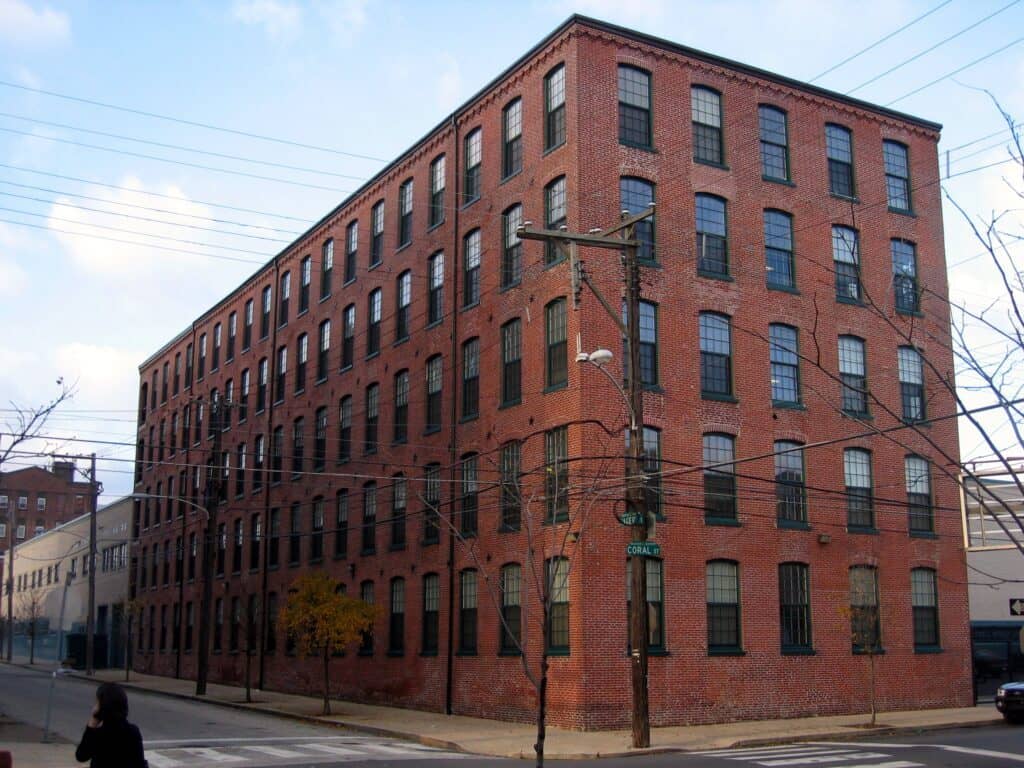
Kensington has become a national symbol of an open street drug crisis, with long blocks marked by encampments, discarded needles, and visible suffering. Longtime residents talk about hearing gunfire, watching overdoses on sidewalks, and planning children’s routes around certain corners. Police crackdowns, federal cases, and harm reduction outreach now run side by side, trying to dismantle drug markets without abandoning the people trapped inside them. The neighborhood lives in that uneasy middle ground.
Englewood, Chicago, Illinois
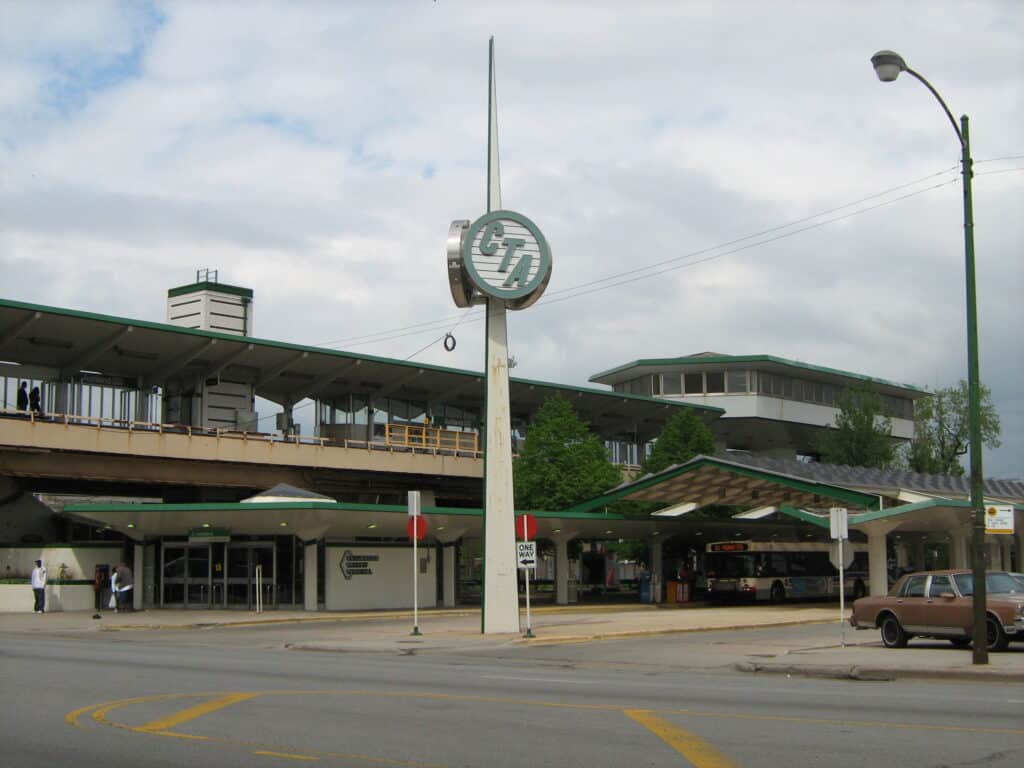
On the South Side of Chicago, Englewood often shows up in headlines as a shorthand for shootings and gang conflict. Beneath those numbers are grandparents watching kids on porches, block clubs organizing cleanups, and teens trying to dodge trouble on the way to school. Violent crime still clusters around specific hot spots, and stray bullets remain a real fear. At the same time, new grocery stores, gardens, and training programs push against a reputation that feels painfully one sided.
Sandtown-Winchester, Baltimore, Maryland

Sandtown-Winchester carries the weight of high profile police violence, boarded row houses, and years when sirens were part of the nightly soundtrack. Residents describe a mix of loyalty to the neighborhood and exhaustion with constant risk. Street outreach workers mediate conflicts, while small nonprofits renovate homes one block at a time. Even with recent drops in overall homicides, the area still feels fragile, where a single argument can ripple out and redraw which corners feel safe to cross.
East St. Louis, Illinois
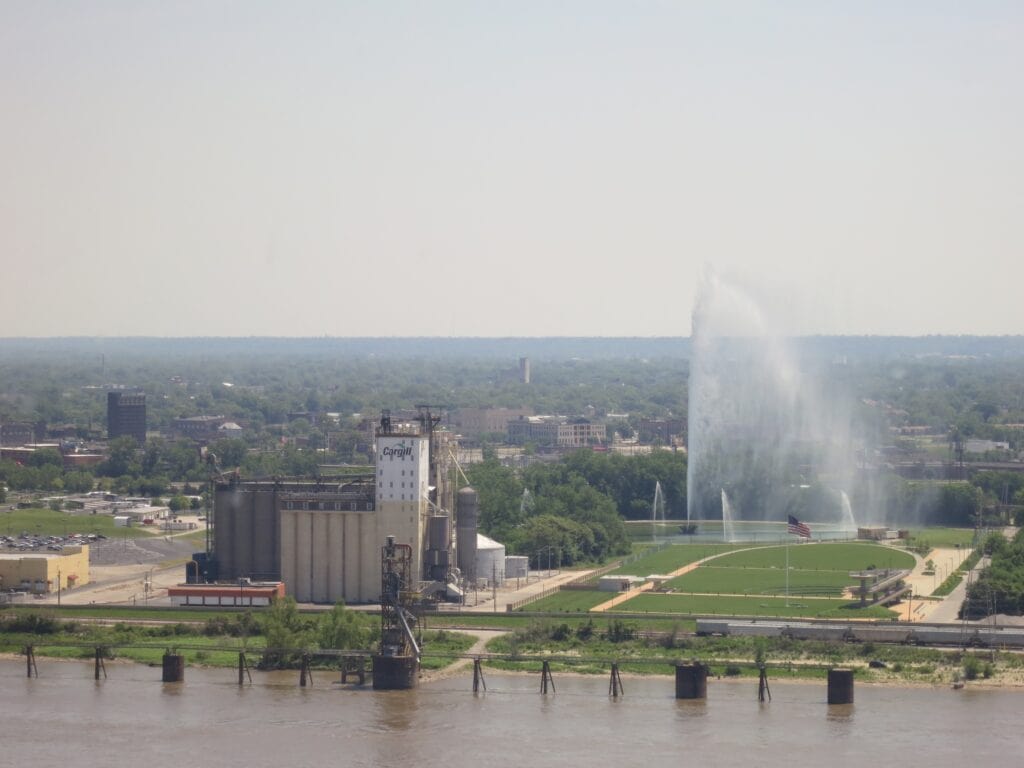
East St. Louis is technically its own city, but the danger feels concentrated in a way that resembles a single hard hit neighborhood. Shrinking tax bases, industrial decline, and political scandals left deep scars that show up in stubbornly high violent crime rates. Families build close networks to look out for one another, yet robberies, carjackings, and shootings remain a steady concern. Occasional investment and state support arrive, but daily safety still depends heavily on local instincts.
Brightmoor, Detroit, Michigan

Brightmoor on Detroit’s far west side looks like a patchwork of wooded lots, burned shells of homes, and pockets where neighbors have refused to leave. Long stretches feel abandoned, which can invite dumping, arson, and quiet criminal activity that rarely makes headlines. At the same time, the emptiness hides community gardens, youth projects, and art spaces that residents have carved from the ruins. The risk lies in the gaps, where there are fewer eyes, fewer lights, and slower responses.
Liberty City, Miami, Florida
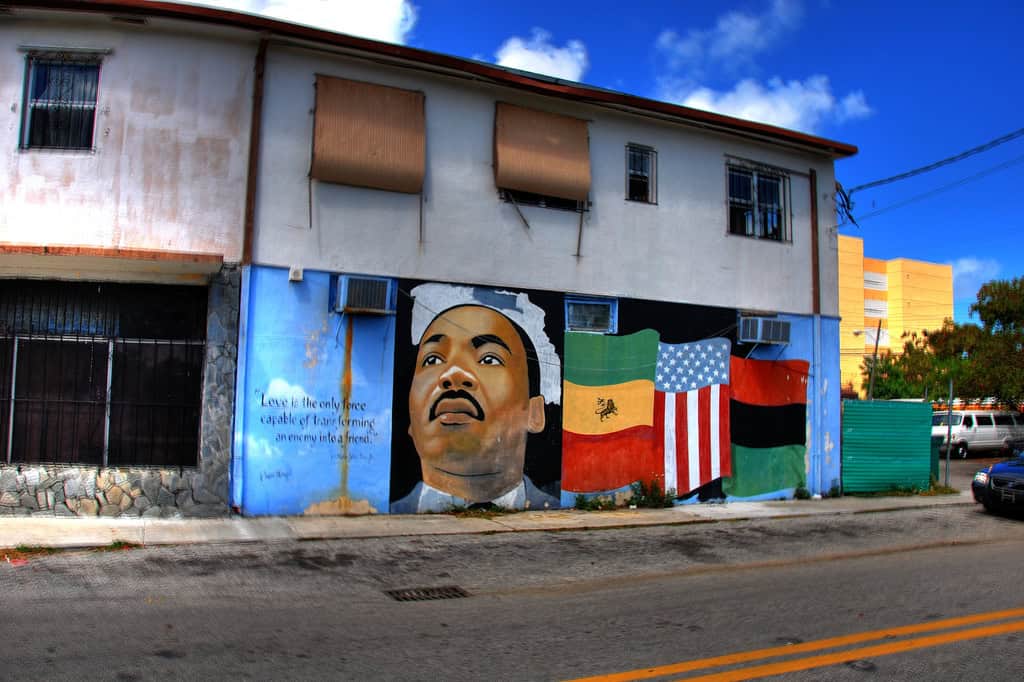
Liberty City carries a deep history in Black Miami, along with years of public housing neglect and turf battles that pushed shootings to alarming levels. Many blocks now sit between heavily policed hot spots and bright new developments rising nearby. Residents remember nights when automatic fire echoed through courtyards, and those memories shape how they move even as homicide numbers improve. Coaches, artists, and church leaders work to give kids alternatives, knowing one bad corner can undo a season of progress.
Central City, New Orleans, Louisiana

Central City sits not far from popular New Orleans attractions, yet lives with a completely different rhythm. Aging shotgun houses, corner stores, and narrow streets carry stories of jazz legends and civil rights marches. They also carry a long record of shootings, robberies, and drug activity that keeps some families inside after dark. Community groups organize peace walks and youth programs, but the sound of gunfire and the sight of memorial murals still remind residents how thin the margin can be.
Five Points, Denver, Colorado

Five Points was once celebrated as the Harlem of the West, then struggled with high crime, and now sits in the crosshairs of gentrification. Trendy coffee shops and polished apartment buildings share sidewalks with longtime residents who remember block parties and drive by shootings in the same alleys. Crime maps still show elevated assaults, thefts, and occasional shootings, even as real estate prices climb. The danger now is both physical and cultural, as people worry about safety and being pushed out.
North Tulsa, Tulsa, Oklahoma
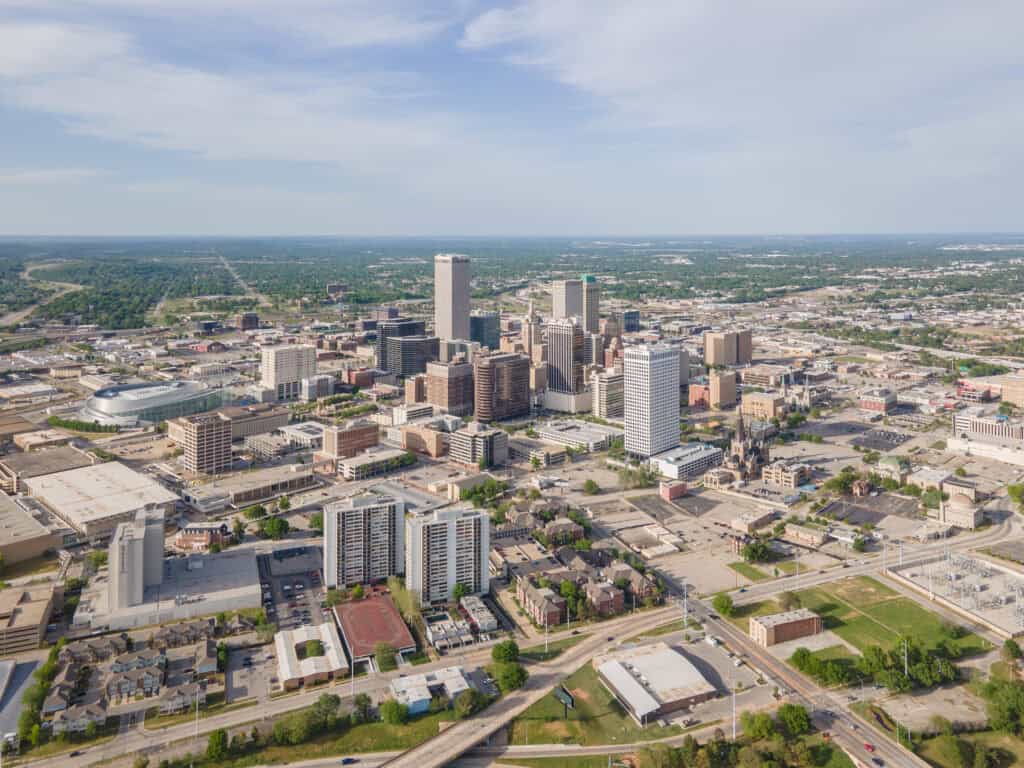
North Tulsa sits at the intersection of historic trauma and present day inequality, especially in neighborhoods that grew from the ashes of the Greenwood massacre. Residents speak of underfunded schools, limited jobs, and blocks where gunfire has become numbingly familiar. Police label some pockets among the most dangerous in the city, with robberies and assaults clustered around specific intersections. Yet cookouts, church events, and local activism show a community still fighting to claim safety on its own terms.
Walnut Park, St. Louis, Missouri

Walnut Park on the north side of St. Louis often appears in local reports as one of the city’s most dangerous areas. Residents describe a long cycle of turf disputes, retaliatory shootings, and open air dealing that pulls in even people trying to avoid trouble. Violence interrupters, pastors, and neighborhood elders spend long hours mediating arguments before they escalate. In between the crises are ordinary evenings of kids on bikes and neighbors on stoops, always listening for what might come next.